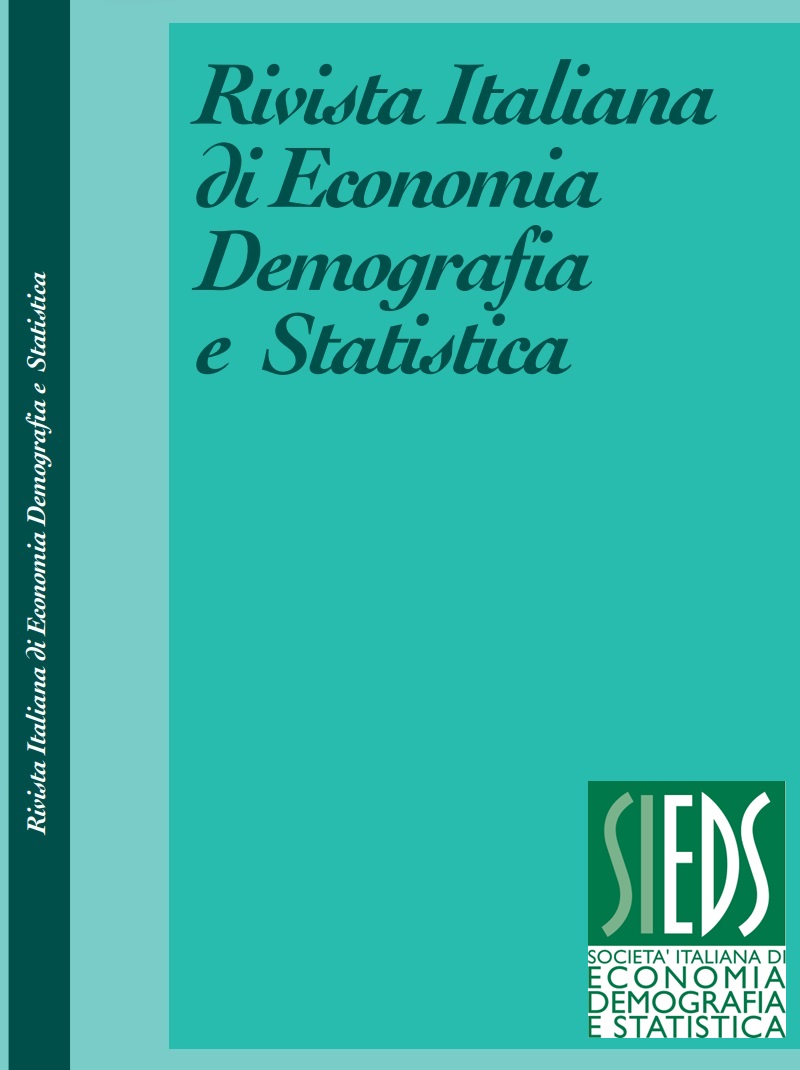Sri Lankans’ residential segregation: comparative evidence from the main Italian municipalities
Abstract
The paper proposes an entirely original spatial analysis on residential segregation and settlement models of Sri Lankans in the eight main Italian municipalities, where the largest part of the community lives. Objectives: The purpose of the work is twofold. First, it attempts to compare the settlement patterns and the level of residential segregation of Sri Lankans across eight urban contexts and to evaluate similarities and specificities. Second, it concentrates to detect possible spatial polarisations of Sri Lankans in specific neighbourhoods and to verify spatial correlation with other key variables that are proxy of socio-economic inequality of territories. Methods: Traditional global andlocal measures of segregation and concentration are considered and referred to a single geographic reference grid, allowing to homogenise different areal unit arrangements and to propose comparisons between urban areas. Results: Peculiar residential behaviour in Sri Lankans’ settlement patterns is paired with economic and labour market related conditions, configuring a situation going beyond the mere centre-periphery dichotomy. The ethnic mixing that often characterises historic centres can actually reveal states of socio-economic inequality that require ad hoc interventions and consideration.
Downloads
Published
Issue
Section
License
Copyright (c) 2022 Federico Benassi, Francesca Bitonti, Angelo Mazza, Salvatore Strozza

This work is licensed under a Creative Commons Attribution 4.0 International License.



